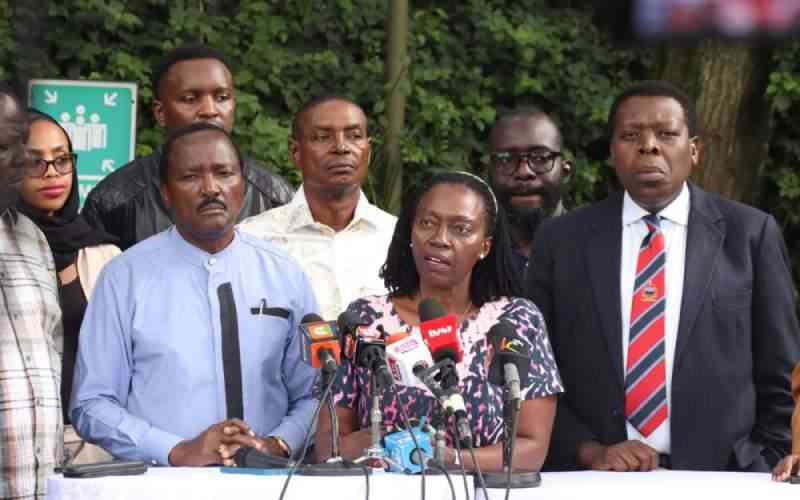By John Njiraini
Kenya’s dependence on hydropower is proving costly, and the country is on the verge of sliding back into the days of inflated power bills and rationing.
Even worse, manufacturers could find their products uncompetitive against imports from Common Market for Eastern and Southern Africa (Comesa), when they are forced to pass on higher energy costs to their customers.
Just days after KenGen was forced to shut down power generation at Masinga Dam, The Standard has established that another major generation facility is set to follow in the next three months.
Kamburu Power Station, the third largest dam in the Seven Folks cascade, with an installed capacity of 96 MW (megawatts) could be shut down in September..
A report obtained by The Standard yesterday shows that if the current power generation level at the dam is maintained, the turbines will go silent in just 75 days.
Shutting down Kamburu will create an immediate deficit of a 134 MW. Added to Masinga’s 40 MW, the total deficit would be 174 MW.
"It should be noted that the consumer electricity cost will go higher due to increase in thermal generation," said documents presented to the National Task Force on Accelerated Development of Green Energy. According to the documents, Kamburu would be shut down, because the water released from Masinga Dam, known as dead storage, can only last upto September.
thermal power
At the moment the station is operating at a mere seven meters above the required minimum generating threshold of 995-meters, with the water level at 1002.24 meters.
"If the current utilisation is maintained, the dead storage will only take 75 days (mid September 2009) to be depleted," said the document.
Kamburu can only be kept running by reducing the current production levels, and covering the deficit from thermal power (diesel generators) sources. However, Prime Minister Raila Odinga maintained that the tariffs would not increase, even though available data does not support that stance.
"The tariffs will remain the same," he told the press after chairing the inaugural meeting of the Taskforce.
Kenya relies on 146 MW emergency power from itself and independent power producers using diesel generators, to save the country from plunging into darkness.
Stay informed. Subscribe to our newsletter
 The Standard Group Plc is a
multi-media organization with investments in media platforms spanning newspaper
print operations, television, radio broadcasting, digital and online services. The
Standard Group is recognized as a leading multi-media house in Kenya with a key
influence in matters of national and international interest.
The Standard Group Plc is a
multi-media organization with investments in media platforms spanning newspaper
print operations, television, radio broadcasting, digital and online services. The
Standard Group is recognized as a leading multi-media house in Kenya with a key
influence in matters of national and international interest.
 The Standard Group Plc is a
multi-media organization with investments in media platforms spanning newspaper
print operations, television, radio broadcasting, digital and online services. The
Standard Group is recognized as a leading multi-media house in Kenya with a key
influence in matters of national and international interest.
The Standard Group Plc is a
multi-media organization with investments in media platforms spanning newspaper
print operations, television, radio broadcasting, digital and online services. The
Standard Group is recognized as a leading multi-media house in Kenya with a key
influence in matters of national and international interest.








